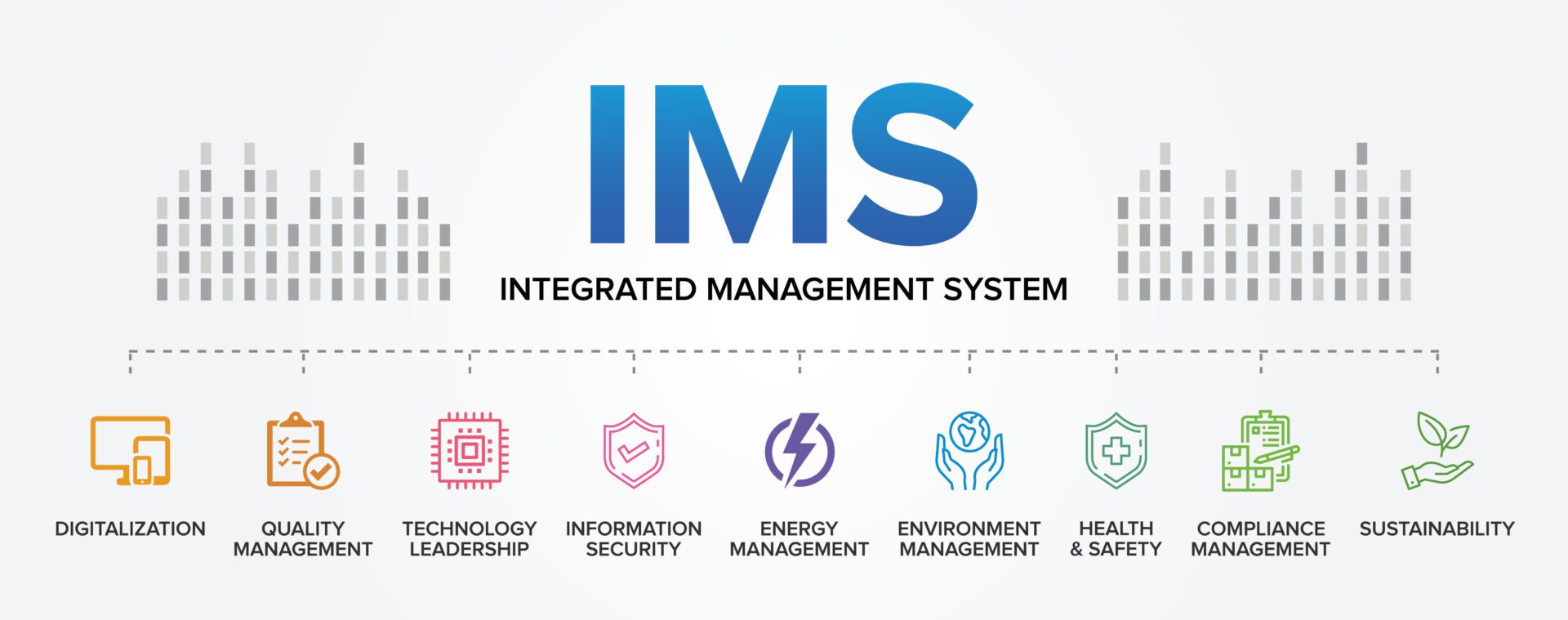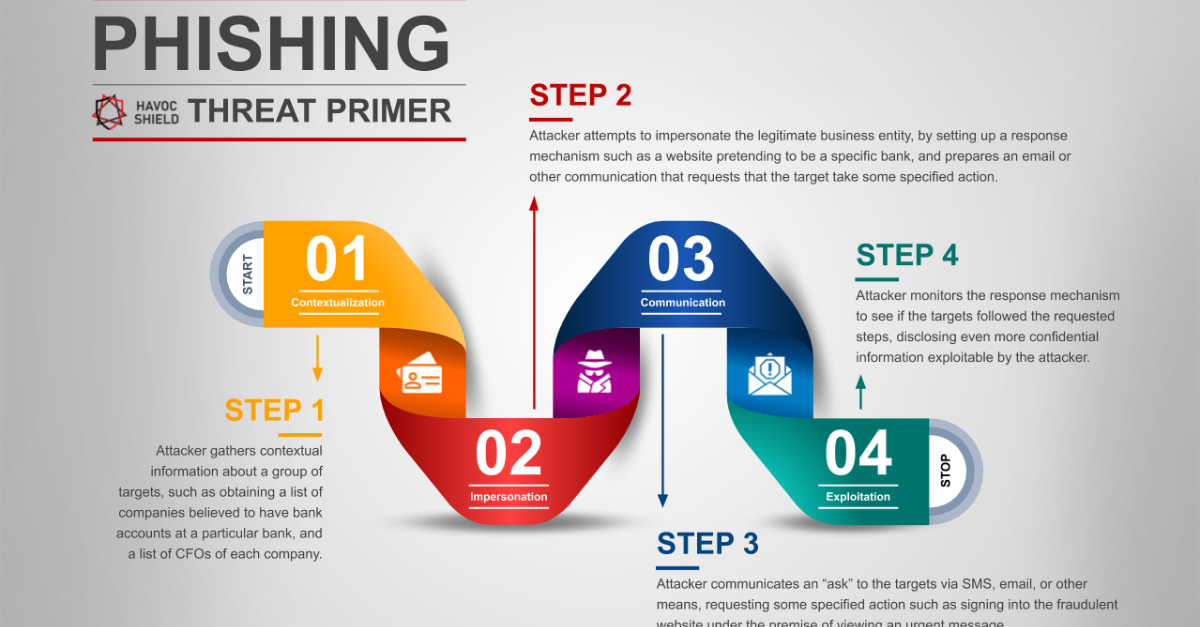In the world of modern medicine and healthcare, software plays an integral role in the functionality, monitoring, and management of medical devices. These software components can range from simple interfaces to complex algorithms that drive critical medical decisions.
Ensuring the safety and effectiveness of these software components is of paramount importance, leading to the creation of standards such as IEC 62304, which defines lifecycle requirements for medical device software.
Understanding the Importance of Software in Medical Devices
Medical devices have evolved significantly, integrating software into their core functionality. From pacemakers to diagnostic equipment and even mobile health applications, software contributes to accurate diagnoses, patient monitoring, and treatment delivery. This integration enhances the capabilities of medical devices but also introduces potential risks if not developed and maintained properly.
Overview of IEC 62304
IEC 62304, titled “Medical device software – Software lifecycle processes,” is an international standard that provides a framework for the development of quality medical device software. It establishes standards for managing software development, verification, validation, and maintenance within the context of medical device development.
This eBook delves into IEC 62304, its components, implementation strategies, and benefits, equipping readers with a comprehensive understanding of how to develop medical device software that adheres to rigorous quality and safety standards.
Scope and 2 Application of IEC 62304
What Medical Devices are Covered?
IEC 62304 applies to a wide range of medical devices that incorporate software – software that is a medical device on its own (SaMD) or an integral part of another medical device (SiMD). This includes both standalone software devices and software that is part of a larger medical device. These devices encompass everything from simple mobile health apps to complex medical imaging systems.
Examples include clinical decision support software, manufacturing software used to test the delivery volume of an insulin pump, software used to analyze genetic data, software in pacemaker, etc.
What Types of Software are Included?
The standard encompasses software used for medical device design, development, production, installation, and servicing. This encompasses not only the software that directly interfaces with the patient or provides a medical function but also the supporting software used in manufacturing and quality control.
Key Concepts and Terminology
Software Safety Classes
IEC 62304 introduces a classification system based on the potential harm caused by software failures. The requirements vary depending on the software safety classification There are three classes:
- Class A: No injury or damage
- Class B: Non-serious injury
- Class C: Serious injury
These classes help determine the level of rigor required in the software development process.
Software Lifecycle Processes
The standard outlines processes that span the entire software lifecycle, including planning, requirements analysis, design, implementation, verification, validation, and maintenance. Requirements vary depending on the software safety classification.
Software Safety Requirements
Ensuring the safety of medical device software involves identifying and addressing potential hazards. IEC 62304 mandates an increase in rigor of design control processes and documentation based on the software safety classification.
Software Items
Software items are software components that make up medical device software. By decomposing software into discrete software items, the manufacturer can analyze
failure points and interfaces. It also allows the manufacturer to independently classify and document these subcomponents, thus facilitating the possibility of
reusing these subcomponents in future products.Properly managing these items ensures traceability and facilitates risk management.
Benefits of IEC 62304 Implementation
Improved Software Quality
Complying with IEC 62304 significantly enhances software quality by providing a
comprehensive framework that guides the development, maintenance, and validation of medical device software. By adhering to its guidelines, teams are compelled to follow a structured approach, resulting in improved software quality. The standard mandates clear documentation of requirements, architecture, design, and verification activities, which in turn fosters transparency and traceability throughout the software development lifecycle.
This meticulous documentation ensures that potential issues and deviations are identified and addressed early, reducing the likelihood of defects and vulnerabilities making their way into the final product. The standard forces manufacturers to consider not only how they will develop the software, but also considerations for maintenance and the end of life of the software. Consequently, software that complies with IEC 62304 exhibits higher reliability, safety, and overall quality, which are very important in the context of medical devices where patient safety is paramount.
Furthermore, IEC 62304 references rigorous risk management practices (such as ISO
14971 principles), leading to the identification and mitigation of potential hazards associated with the software. IEC 62304 concentrates on the software development lifecycle, process, and documentation. The standard necessitates the classification of software components based on their potential risks, facilitating a targeted approach to testing and validation efforts. This risk-driven approach helps allocate resources effectively, concentrating efforts on the most critical aspects of the software.
Additionally, IEC 62304 requires you to have a plan for verification and validation of software. Different regions may have slightly different requirements. For instance, FDA has published “General Principles of Software Validation” Guidance.” These verification and validation activities are vital for identifying and rectifying bugs, security vulnerabilities, and functional issues. By conducting thorough testing and verification activities, software developers can enhance the performance, reliability, and stability of their products, contributing to an overall elevation in software quality.
Enhanced Patient Safety
Compliance with IEC 62304 plays a pivotal role in elevating patient safety thanks to the rigorous guidelines that mandate a systematic and controlled approach to software development, emphasizing risk management and mitigation strategies. By requiring thorough assessment of potential hazards associated
with medical device software, IEC 62304 ensures that developers identify and address safety risks early in the development process. This proactive approach results in the implementation of appropriate controls and safeguards, minimizing the chances of software-related failures that could jeopardize patient well-being.
IEC 62304’s emphasis on documentation and traceability further bolsters patient safety. The standard mandates comprehensive documentation of software requirements, design specifications, and verification and validation activities. This level of transparency enables regulatory bodies, medical professionals, and device users to thoroughly assess the software’s functionality and safety features. In the event of an issue or concern,
standardized documentation facilitates swift identification of the problem’s root cause, enabling prompt resolution to prevent potential harm.
Additionally, by adhering to IEC 62304, developers create a foundation for ongoing software maintenance and updates, ensuring that any changes are managed
systematically and with patient safety in mind. Overall, IEC 62304’s structured approach to software development and its focus on risk management and
documentation significantly enhance patient safety by reducing software-related risks and facilitating effective issue resolution in medical device software.
Regulatory Compliance
Regulatory authorities worldwide, including the FDA and the European Medicines
Agency, recognize IEC 62304 as a reliable framework for the development of safe
and effective medical device software. By adhering to its standards, developers
align their practices with established industry standards, which simplifies the
process of obtaining regulatory approvals.
One of the key ways IEC 62304 aids regulatory compliance is through its emphasis
on risk- based development and design controls. The level of rigor depends on the
safety classification of the software. This aligns well with regulatory expectations, as authorities often require comprehensive risk analyses to assess the potential impact of software-related hazards on patient safety. IEC 62304’s risk-driven approach not only helps in identifying and mitigating risks but also provides the necessary documentation for regulatory submissions, demonstrating that thorough risk evaluations have been conducted and appropriate controls are in place.
IEC 62304’s structured development lifecycle, which includes phases for software
planning, development, verification, validation, and maintenance, aids regulatory
compliance by providing a clear and consistent roadmap. This ensures that essential development steps are followed and documented appropriately. Regulatory agencies often scrutinize these aspects during the approval process, and adherence to IEC 62304 greatly assists in demonstrating that all necessary
processes have been carried out systematically.




